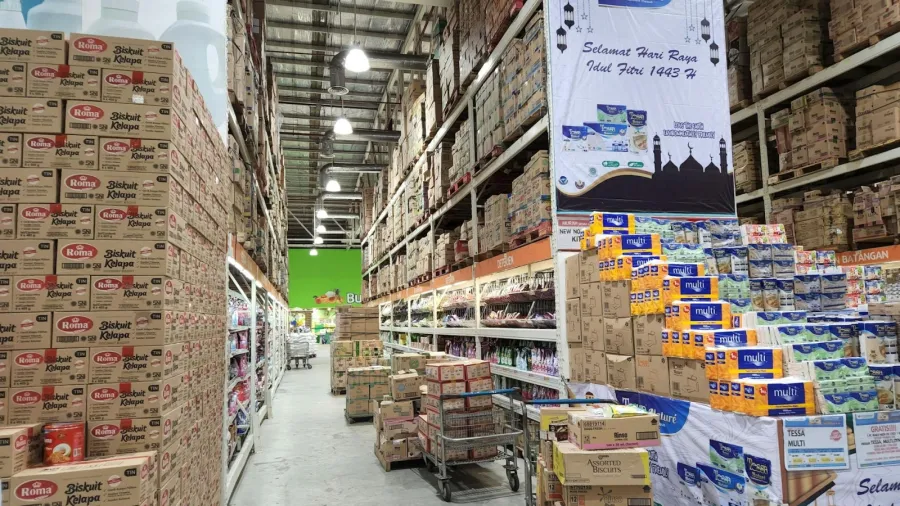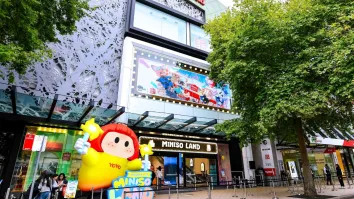
Three priorities for surviving retail supply chain disruption
Retailers must focus on what people are buying.
Global retail supply chains have faced unprecedented disruption over the past decade, driven by COVID-19, artificial intelligence advances, tariffs, and attacks on shipping routes, forcing industry leaders to constantly adapt amid ongoing uncertainty.
According to Kearney, companies must focus on three key shifts: what people are buying, how they’re buying, and why they’re buying.
From 2010 to 2020, consumer demand centred on convenience and price. After 2021, it shifted toward essential and value-oriented goods. Looking ahead to 2030, Kearney expects more polarised demand, with consumers gravitating toward either budget or premium offerings. Retailers are also streamlining assortments—reducing the breadth of products in favour of higher-margin, private-label goods.
Hyperlocal and limited-batch products are also expected to become more common, along with circular supply chains that emphasise refurbished, recycled, and reusable goods.
The “how” has also evolved. A decade ago, malls and big-box stores dominated. Post-2020, there’s been a sharp rise in smaller, urban stores and formats that blend physical and digital shopping experiences, including cashier-less stores and VR-enhanced retail.
Fulfillment models have moved from siloed e-commerce and in-store operations to full omnichannel. Buy online, pick up in store (BOPIS), curbside pickup, and last-mile delivery are now standard, and by 2030, stores will also serve as distribution hubs.
Marketplaces will play a greater role in fulfillment as retailers look to scale without heavy infrastructure investment.
Moreover, the reason people buy is also changing, influenced by digital platforms and ESG concerns. From 2010 to 2020, traditional digital ads drove traffic. Now, consumer engagement is increasingly happening through TikTok, direct-to-consumer branding, and retail media networks.
By 2025, around 80% of the top 100 U.S. retailers are expected to have launched or partnered to build their own media platforms. AI will soon personalise engagement at scale, whilst social commerce, community fandoms, and buy-now-pay-later models become more mainstream.
At the same time, consumer expectations around sustainability are rising. The old compliance-driven approach to CSR is no longer enough. Shoppers are prioritising brands that offer traceability, ethical sourcing, and carbon tracking—and making purchasing decisions accordingly.
Macroeconomic and geopolitical shifts will continue to reshape the market. Supply shocks, inflation, and ESG rules are already affecting demand. Tariffs and trade policies will likely drive more changes in sourcing and pricing. AI is also rewriting the rules on pricing, planning, and customer engagement. Consumers will become more selective, choosing brands that reflect their values and offer fast, seamless service.
The report said retailers must build resilience by identifying risks, diversifying suppliers, and increasing control over product flow.
They should also adopt agile models that allow for fast changes in demand and distribution. This includes shared operations and marketplace partnerships.
Lastly, using digital tools to get real-time visibility and make faster decisions, it noted.

















 Advertise
Advertise



